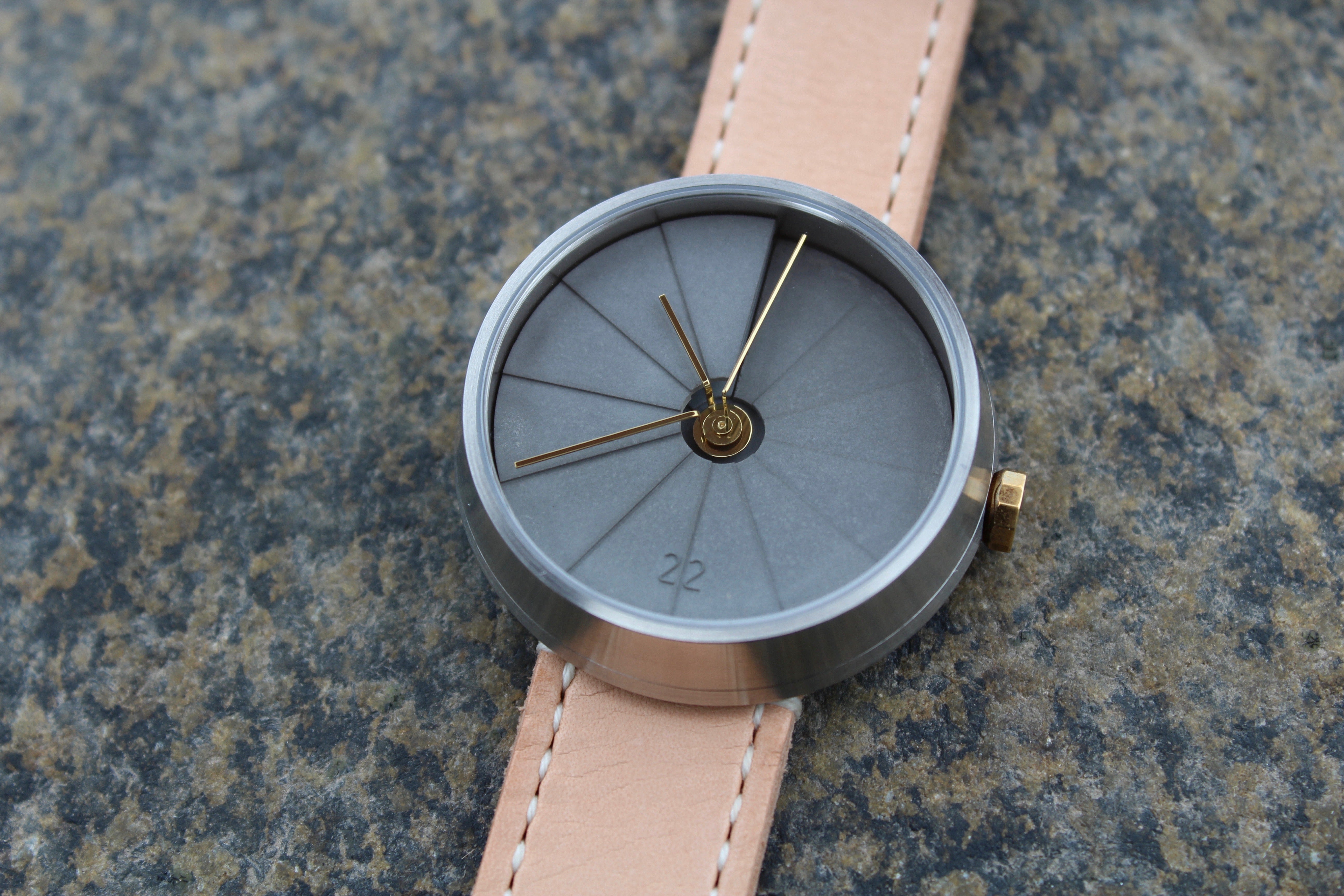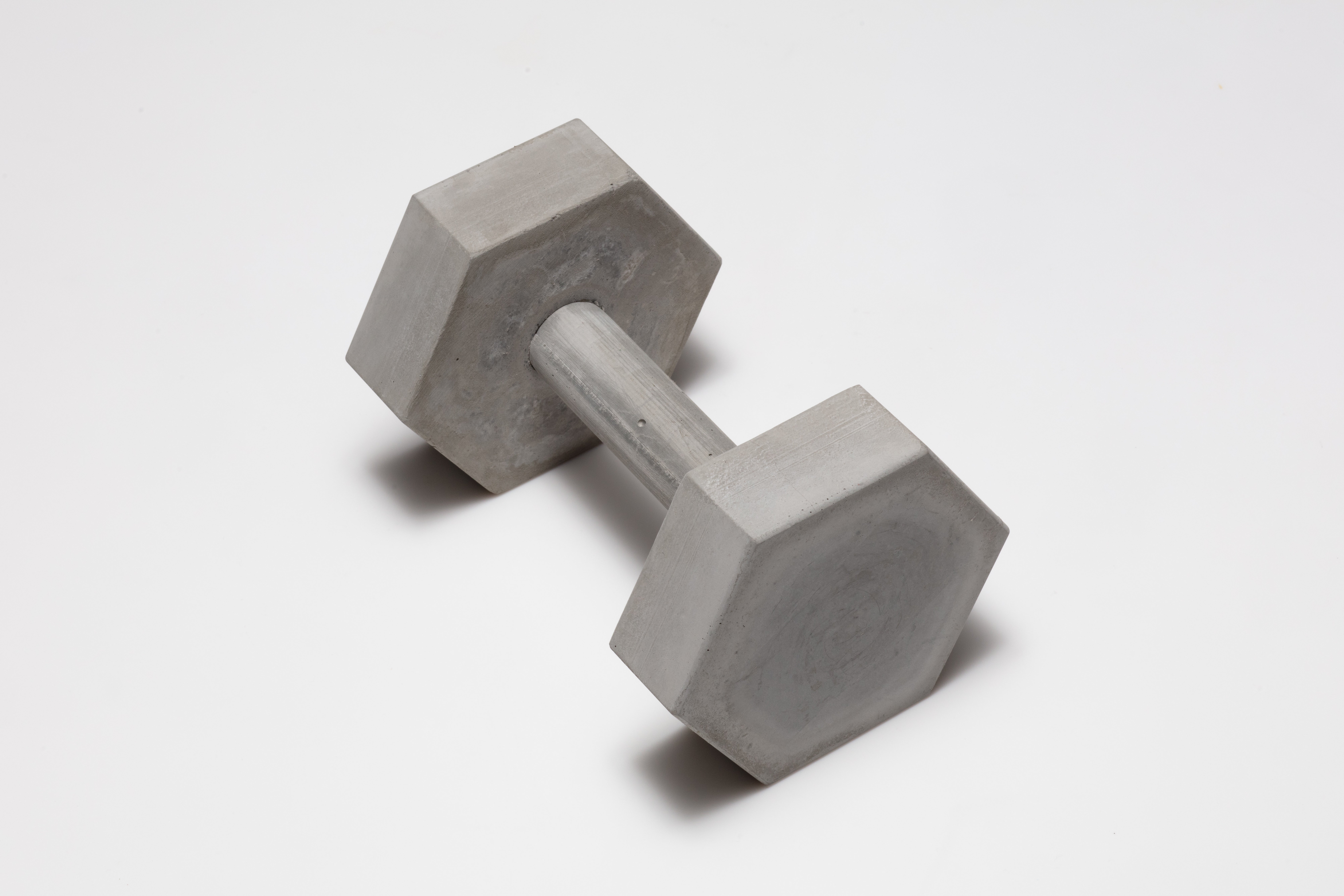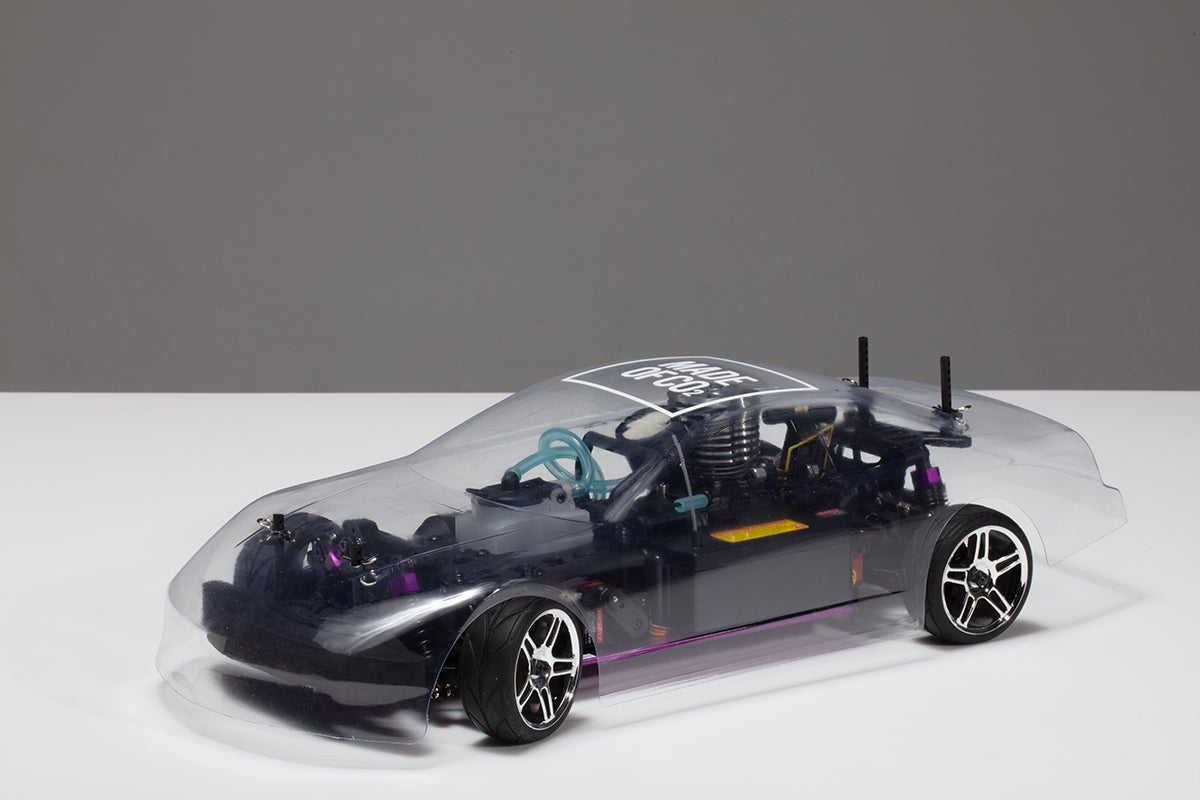Carbon dioxide is more abundant in our atmosphere now than at any time in human history, threatening the likelihood of limiting global warming to 2 degrees Celsius by 2050. Carbon is a fundamental ingredient in so much of our modern lives, what if we were able to mine the sky and use the CO2 in the air? What if everything around you could be made out of thin air?
Companies and entrepreneurs working on carbon capture and utilization, also known as CCUS, are attempting to do just that. By collecting CO2 from industrial exhaust, and even ambient air, carbontech innovators are able to use these versatile molecules to make any number of useful, valuable products. ‘What useful, valuable products??’ you may be asking yourself. The answers may surprise you.

VODKA
Yes, you read that right! You can make high-end vodka out of thin air. Brooklyn-based Air Co. makes pure and sustainable vodka out of thin air. The team uses solar power to capture excess carbon from the air, which is distilled and filtered to produce ethanol, the base ingredient for all alcoholic drinks.

FROM YOGA MATS TO WATCHES
CO2 can be used to improve the physical properties of very different materials, ranging from the plush vinyl found in yoga mats to strong, durable materials, such as concrete, to be used in a wide variety of consumer applications. Concrete and plastics are two of the most abundant man-made substances on Earth and can be improved through material additives that add flexibility and strength. Carbon Upcycling Technologies makes nanomaterials from CO2 emissions sequestered into solids, like fly ash and graphite. Per material ton, their technology sequesters between 50 - 150 kg of CO2. The watch shown above was designed by Skybaron and features carbon infused concrete.

BUILDING MATERIALS
Each year, the world uses 4 billion tons of concrete. The cement involved in this concrete accounts for 7% of global CO2 emissions. CarbonCure has a novel process to inject CO2 through the mixing process to create a stronger and greener concrete. The CO2 savings to date is more than 50,000 acres of forest absorbing CO2 over a year. CO2Concrete (formerly Carbon Upcycling UCLA) uses a different approach, introducing a new material that absorbs CO2 to produce concrete building materials for the home, buildings and infrastructure. If all concrete were made this way, there would be a CO2 savings of more than 2 billion tons each year.

SHOES
Foam is in many everyday objects, including the soles of our shoes, coffee cups, car & plane interiors, and food packaging. C4X out of Suzhou, China has a process that bubbles CO2 from industrial emissions and air into plastic to create foam, so it stays there. By making foam this way, we could help green a market worth $100 - 120 billion. This prototype slipper was designed and made by Impossible Labs.

TOOTHPASTE
Calcium carbonate is found in nature as chalk, limestone, or marble, and is the ingredient in toothpaste that helps scrub teeth clean, as well as antacids that help soothe heartburn. The team at Carbon Capture Machine has made calcium carbonate from CO2 emissions. 30% of this toothpaste is calcium carbonate, equivalent to 22 grams of CO2. The World Health Organization recommends the average person use roughly 1kg of toothpaste annually, or 1 tube every two months. That could equal serious CO2 usage. The prototype toothpaste pictured was designed and made by Impossible Labs.

LOW-CARBON FUEL
Fuel, the primary source of man-made GHG emissions, can actually be made from CO2 and provide an energy source for the future. Breathe creates a fuel that runs on 15% methanol. They believe a methanol economy can help reach India’s goals to lower carbon emissions overall by 33 - 35% by 2030. The prototype car pictured was designed and made by Impossible Labs.
To begin paying off our accumulated carbon dioxide debt, we’re going to need to find novel, innovative approaches to capturing, and ultimately utilizing, the CO2 already abundant in our atmosphere. The potential uses for carbon dioxide in our economy are only limited by our ingenuity and imagination.
See more products made out of thin air here.
